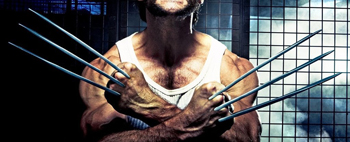Los Angeles, Dec 27: Scientists have developed a transparent, self-healing, highly stretchable conductive material that can be electrically activated to power artificial muscles and used to improve batteries, electronic devices and robots.

The low-cost, easy to produce soft rubber-like material can stretch 50 times its original length, researchers said. After being cut, it can completely re-attach, or heal, in 24 hours at room temperature. In fact, after only five minutes of healing the material can be stretched two times its original length, they said.
The findings from researchers, including those from University of California, Riverside in the US, represent the first time scientists have created an ionic conductor -materials that ions can flow through, that is transparent, mechanically stretchable and self-healing.
The material could give robots the ability to self-heal after mechanical failure; extend the lifetime of lithium ion batteries used in electronics and electric cars and improve biosensors used in the medical field and environmental monitoring.
“Creating a material with all these properties has been a puzzle for years. We did that and now are just beginning to explore the applications,” said Chao Wang, assistant professor at University of California.
Self-healing materials repair damage caused by wear and extend the lifetime, and lower the cost, of materials and devices. Wang was inspired by Wolverine, the comic book character who has the ability to self-heal.
Ionic conductors are a class of materials with key roles in energy storage, solar energy conversion, sensors and electronic devices. Conventionally, self-healing polymers make use of non-covalent bonds, which creates a problem because those bonds are affected by electrochemical reactions that degrade the performance of the materials.
Wang helped solve that problem by using a mechanism called ion-dipole interactions, which are forces between charged ions and polar molecules that are highly stable under electrochemical conditions. He combined a polar, stretchable polymer with a mobile, high-ionic-strength salt to create the material with the properties the researchers were seeking.
Researchers at the University of Colorado, Boulder in the US demonstrated that the material could be used to power a so-called artificial muscle, also called dielectric elastomer actuator.
The research was published in the journal Advanced Material.





Comments
Add new comment